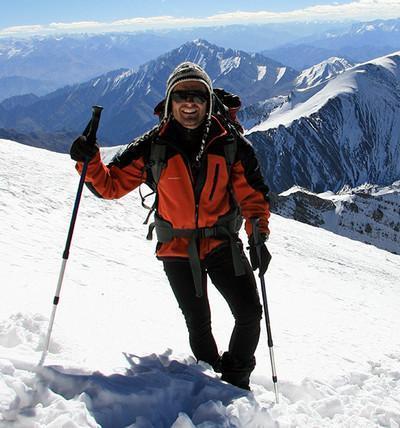When it comes to taking photographs, there are many options available. Whether you are looking for a camera that is small and lightweight, or you want to get the best quality possible, there are plenty of choices. Here is a list of some of the more popular cameras used by snowboarders.
GoPro
A GoPro camera can be a great tool to capture the best shots of your skiing or snowboarding trip. It has great video quality, and is durable. There are a number of different accessories for you to choose from.
There are several factors to consider before you decide to use a GoPro. For example, you may want to mount it on your helmet or skis. You also need to keep in mind the weather conditions that you will be facing. If it is extremely cold, your camera may not work as well.
The most important thing to remember is that it is not always possible to film yourself from the front. However, you can capture some good footage if you get low to the ground and aim your camera upward.
Olympus TG-6
The Olympus TG-6 is a waterproof, shockproof, dustproof, and freeze proof camera. It is designed for use in extreme environments, and comes with a wide range of accessories.
It features a high-speed, backlit Cmos image sensor, which allows for detailed images even in low light conditions. The sensor is sealed with an anti-reflective coating that minimizes ghosting and flares. In addition, it has a built-in 2x digital tele-converter.
As well as being able to shoot 4K video, the TG-6 is also capable of shooting Full HD video at 120fps. It is powered by a TruePic VIII image processor, which is the same as the OM-D E-M1 Mark II professional model.
Although the TG-6 has good image quality, it does have a lot of noise. This is most noticeable at ISO 800. But it is still acceptable for sharing and printing.
Akaso EK7000
If you are looking for a waterproof action camera, the Akaso EK7000 is a great choice. It can shoot high quality video in a range of resolutions.
In addition, the EK7000 has features including electronic image stabilization and Wi-Fi. This makes it possible to upload footage and take a photo. The Akaso EK7000 Pro also comes with a helmet mount.
The Akaso EK7000 is compact and lightweight. Unlike many cameras, it is completely waterproof. You can take it to depths of up to 98 feet.
It is capable of shooting 1080p at up to 60 fps. But you can get even more frames per second if you switch to the 30 fps mode. Also, the Raw format allows you to process your pictures in post-production.
Insta360 X3
The Insta360 X3 is the latest in the company's acclaimed line of 360-degree action cameras. With a redesigned lens and upgraded sensor, it offers users impressive 5.7K 360-degree videos and 72-megapixel photos.
The X3's large 2.29-inch touchscreen makes it easier to preview and edit footage. It also includes a removable 1800mAh battery, which keeps users ready for unexpected situations. A soft pouch is included to protect the camera.
Insta360 X3 uses a proprietary FlowState Stabilization system, which allows users to shoot a 360-degree video without needing to hold the camera up. Additionally, it includes six axis gyroscope to ensure that footage remains stable and smooth.
The X3 also features a Me mode that lets users shoot invisible selfies. This effect can only be accomplished in a single lens mode.
Canon G9 X II
The Canon G9 X II is a newer and improved version of the original G9X camera. It uses the same image sensor but offers better performance. This is due to a more powerful image processor, improved shutter lag, and enhanced scene recognition.
The new Digic 7 processor is a big improvement. It delivers a faster continuous shooting rate, better AF tracking, and more responsive shutter lag. It also helps improve scene recognition and can perform in-camera RAW conversion.
The Digic 7 also suppresses most lateral chromatic aberration in RAW files. However, the correction isn't enough to prevent the resulting images from having some interpolation artifacts. Even at high ISOs, the G9 X Mark II's color and dynamic range are respectable.
Despite its improvements, the G9 X still has some flaws. For example, its built-in lens produces strong geometric distortion at wide angles. Normally, this would be an advantage for a Dslr but in the G9X, it's not.





